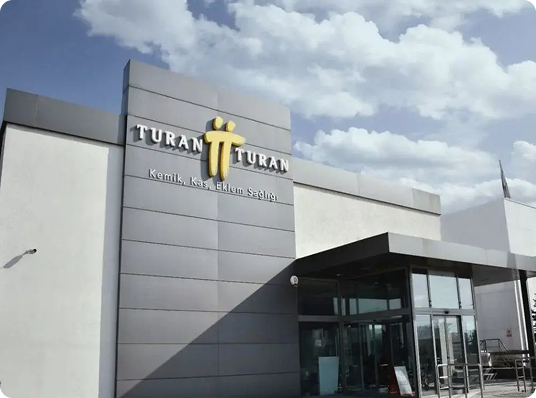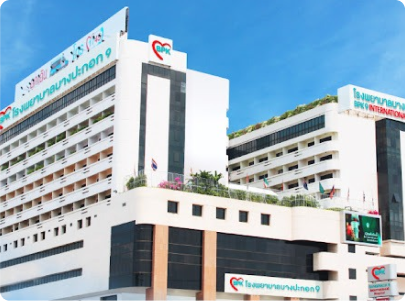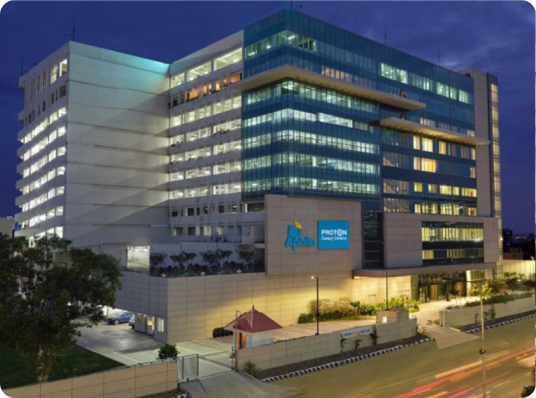Ambulatory Phlebectomy
With Ambulatory Phlebectomy procedures, vascular surgeons address life-threatening blood flow disruptions using advanced techniques like angioplasty, stenting, or surgical bypass to restore normal circulation and prevent complications.
Get Expert Consultation
Speak with our medical travel experts to get personalized guidance for your procedure
✓ No commitment required • ✓ Expert guidance • ✓ Free consultation

Book Your Free Medical Consultation
Get expert advice—free and easy. Just fill out the form to start your health journey!
Key-Insights for
Ambulatory Phlebectomy
Procedure Time
About 30 minutes to an hour for each affected area
Recovery Period
Most patients can resume normal activities within a few days
Expected Results
Reduced pain and discomfort, improved appearance, and reduced risk of complications
Ideal Candidates
People with visible, painful, or unsightly varicose veins
Ambulatory Phlebectomy
With Ambulatory Phlebectomy procedures, vascular surgeons address life-threatening blood flow disruptions using advanced techniques like angioplasty, stenting, or surgical bypass to restore normal circulation and prevent complications.

People seek these procedures for various reasons:
Aesthetic Enhancement
Say goodbye to unsightly, painful varicose veins
Corrective Purposes
Experience reduced discomfort and improved mobility
Functional Restoration
Enjoy long-term benefits without hospital stays or extended downtime
Things to Check Before Treatment
- •Your overall health and medical history
- •Any medications you're taking, including supplements
- •Your insurance coverage for the procedure abroad
- •The qualifications and experience of your surgeon and healthcare team
- •The hospital or clinic's facilities and equipment
Potential Risks
- •Infection at the incision site
- •Swelling, bruising, or numbness at the treated area
- •Reaction to anesthesia (rare)
- •Blood clots or deep vein thrombosis
- •Scarring or keloid formation
How to Choose the Right Country, Clinic, and Surgeon
Do's
Verify surgeon credentials (e.g. ISAPS, JPRAS)
Ask for before-after photos
Check language barriers
Review aftercare and follow-up options
Consider local laws on medical malpractice
Don'ts
Don't Choose a Clinic Based Only on Price
Don't Rely Solely on Social Media or Influencers
Don't Ignore Language Barriers
Don't Rush Into Surgery Without Research
Don't Assume You Can Fly Back Immediately
CureMeAbroad Services Are Absolutely Free.
You pay same rates for treatments as in the hospital's original price list.
CureMeAbroad Services Are Absolutely Free.
You pay same rates for treatments as in the hospital's original price list.


Book Your Free Medical Consultation
Get expert advice—free and easy. Just fill out the form to start your health journey!
Ambulatory Phlebectomy
Frequently Asked Questions
This procedure involves specific medical techniques tailored to address particular health conditions. Your doctor will explain the detailed process based on your case.

Help Me Plan My Treatment Abroad
End to End Treatment Planning Specifically curated as per your need. Just a Call away


Help Me Plan My Treatment Abroad
End to End Treatment Planning Specifically curated as per your need. Just a Call away


Book Your Free Medical Consultation
Get expert advice—free and easy. Just fill out the form to start your health journey!



